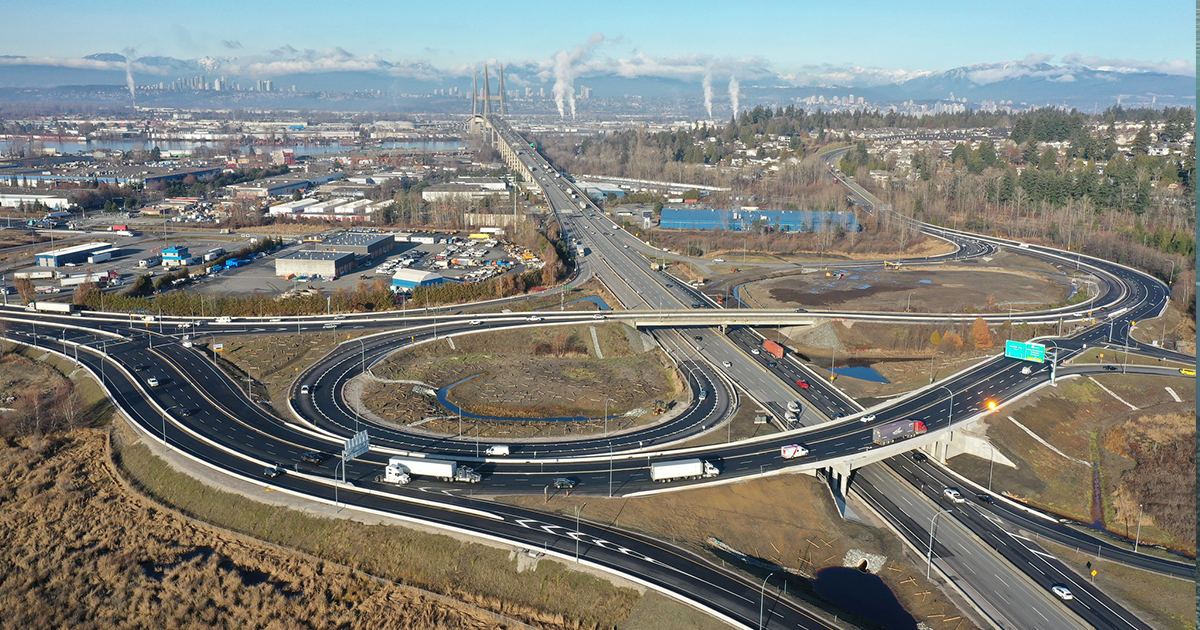B.C.'s Goods Movement Action Plan

As part of its Goods Movement Action Plan, the Province is providing leadership and taking immediate actions to foster greater co-ordination within the transportation trade network, strengthen supply chains and support liveable communities.
The importance of goods movement
B.C.’s goods movement ecosystem is comprised of road, rail, marine and air infrastructure and terminals, as well as the industries and consumers who generate and purchase goods and the transportation and logistics providers who rely on the infrastructure to move these goods. It also encompasses vehicle and digital technologies that enable this activity and allow industry players to share information.
The transportation and warehousing industries are critical to provincial and national economies, they:
- Generate over $15.5 billion in GDP
- Contribute more than $8 billion in wages to 142,600 people employed in 8,500 businesses in the industry
- Move more than $200 billion in goods per year
- Connect imports to consumers
- Help BC exporters gain access to international markets.
The past four years have underscored the need for the goods movement ecosystem to adapt to frequently changing markets and global forces, from the supply chain impacts of the COVID-19 pandemic and the supply chain disruptions caused by extreme weather events to the rapid growth in e-commerce and the emergence of innovative technologies.
B.C.’s Goods Movement Action Plan
The Goods Movement Action Plan is guided by four strategic pillars:
- Establish the data-driven supply chain
- Turn carbon reduction into a competitive advantage
- Develop transportation nodes & healthy communities with the jobs of today & tomorrow
- Build future-proof infrastructure
The action plan is advancing initiatives and partnerships to enable a smart, sustainable and competitive goods movement environment in B.C. These initiatives, including investments in a broad range of critical trade-enabling infrastructure, will help grow B.C. businesses and exports, anchor vibrant, liveable community hubs, contribute good value-added jobs and champion B.C.’s international reputation for trade and investment.
Completed actions and initiatives

Highway 1 Kamloops to Alberta four laning program
Completed Kicking Horse Phase 4 Project
2023-11-30 - Wider, safer Highway 1 open through Kicking Horse Canyon

Commercial transport
- Supporting mandatory entry-level training (MELT) program for commercial drives to ensure the safe movement of goods
- Introducing mandatory speed limiters and electronic logging devices in commercial vehicles
- Mandating electronic record keeping and enforcement of overtime for the drayage sector to ensure drivers are compensated fairly.
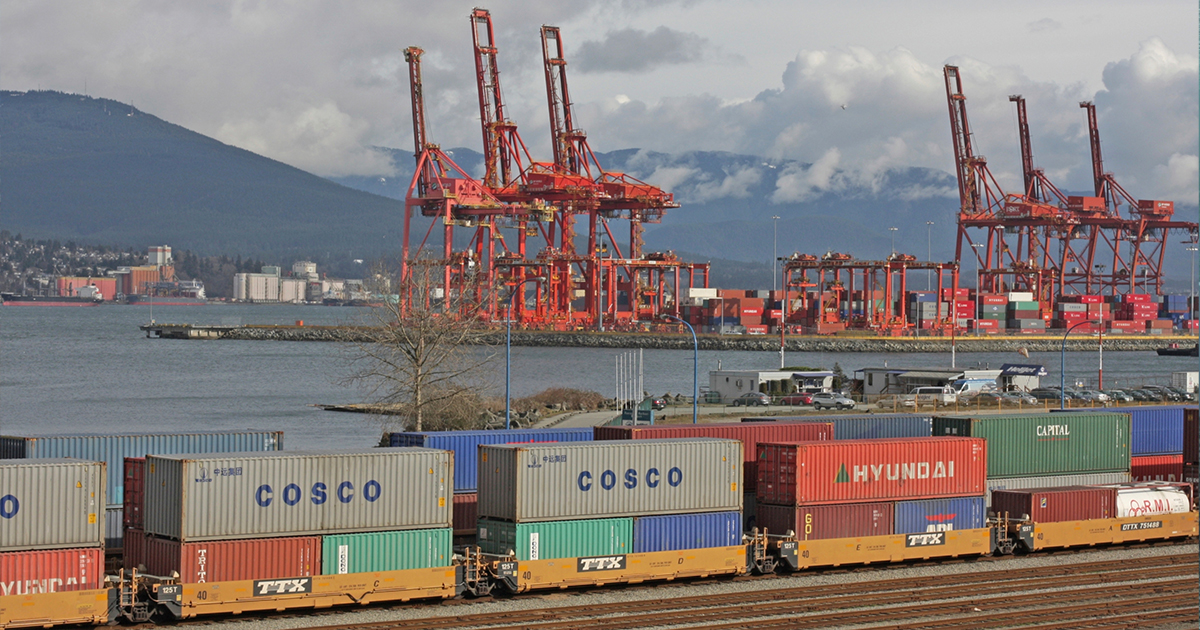
Ports
- Investment in the Ridley Island Export Logistics Platform at the Port of Prince Rupert ($25 million)
- Investment in the Duke Point Terminal Expansion Project at the Port of Nanaimo ($15 million)
Ongoing actions and initiatives
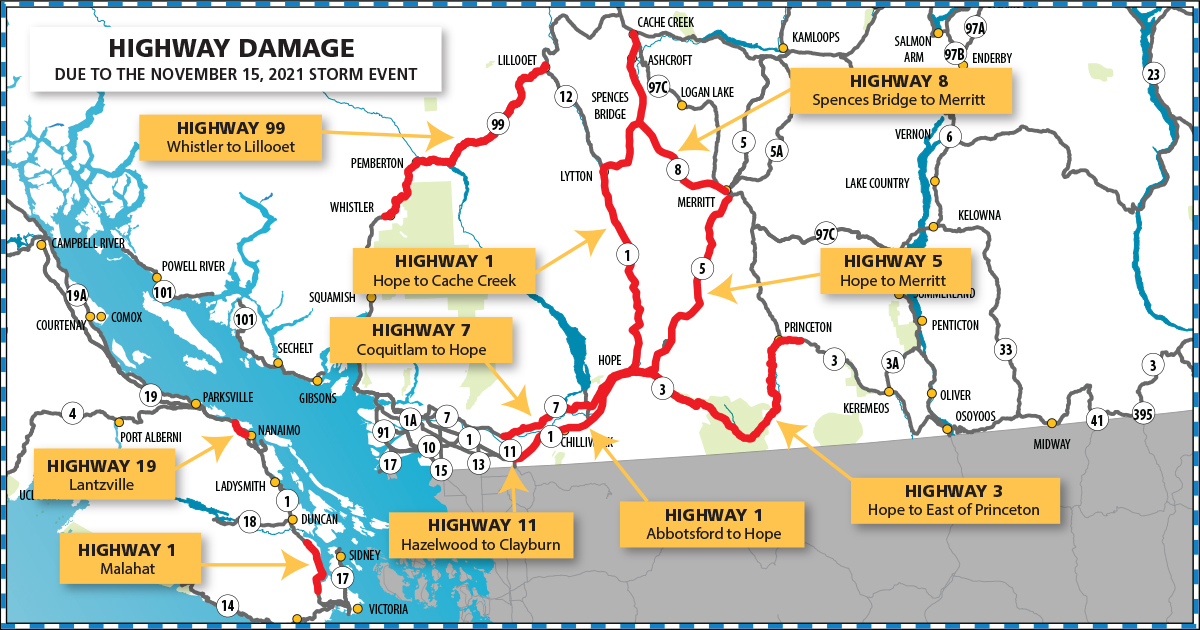
BC Highway Flood Recovery Project
Reconstructing our critical corridors following 2022 atmospheric river event
2023-11-15 - Permanent climate-resilient bridges completed on Coquihalla Highway
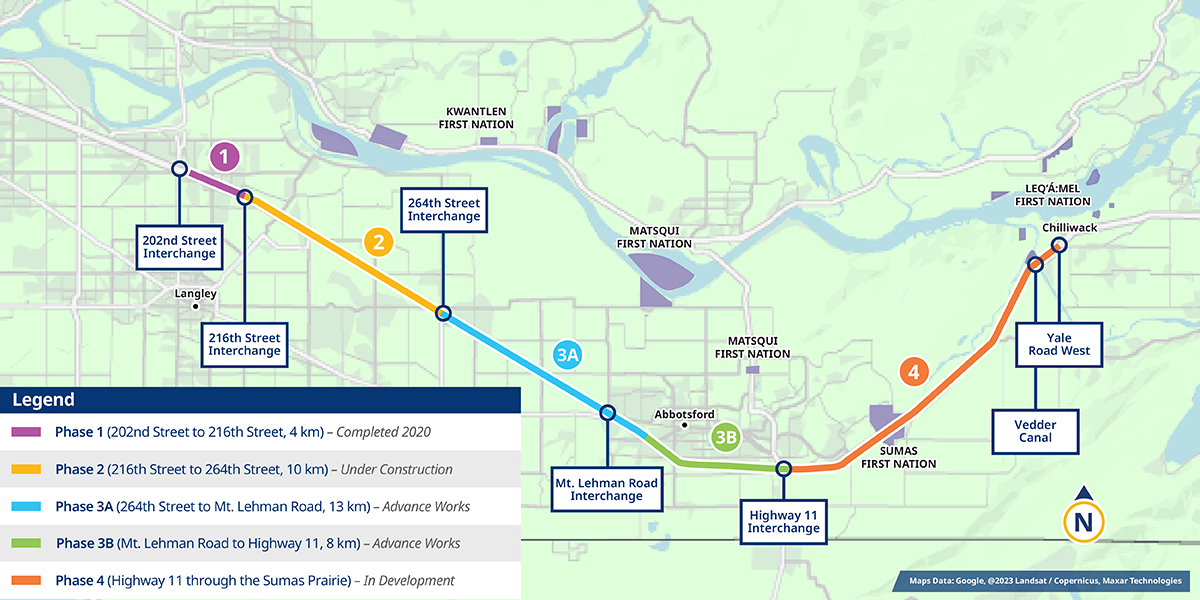
Fraser Valley Highway 1 Corridor Improvement Program
Expansion of Highway 1 through the Fraser Valley and in the interior
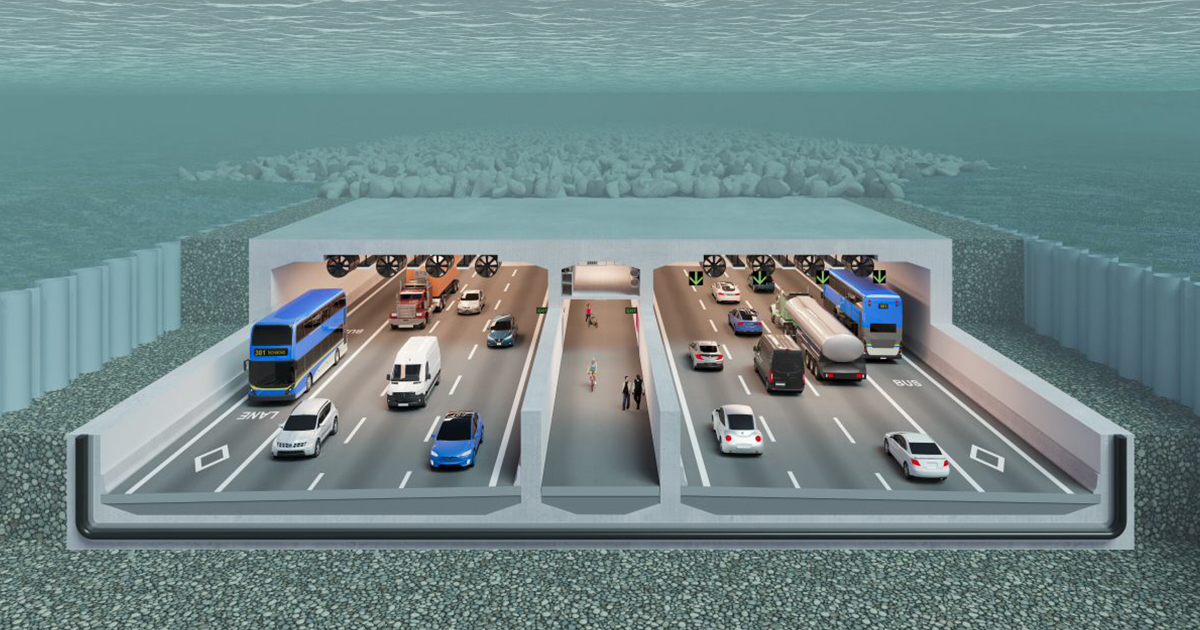
Highway 99 Fraser River Tunnel program
Undertaking the Highway 99 Fraser River Tunnel program
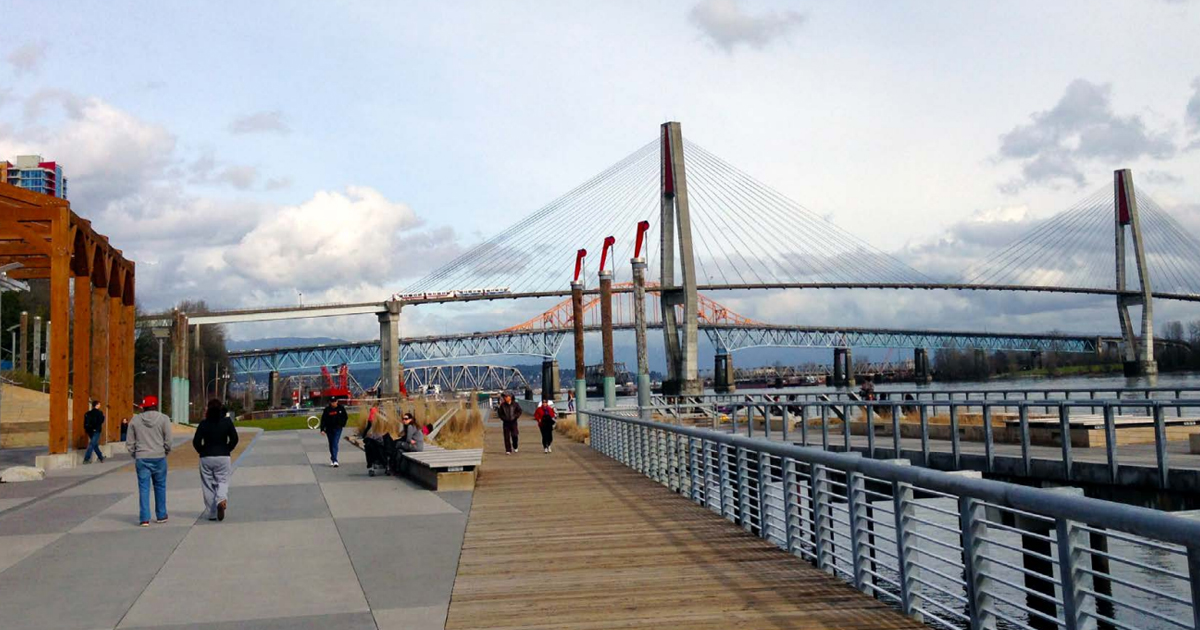
Integrated transportation planning
- Undertaking area planning with key Indigenous, local, regional and agency partners as part of the Moray Area Planning Study to enhance air cargo capacity and enable diverse and complete community.
- Advancing the South Mission Integrated Planning Study, which builds off of Mission’s Waterfront Revitalization Plan to explore how the provincial transportation network can support the redevelopment and enhance the multi-modal movement of goods and people in, around and through the South Mission area.
- Establishing a multi-agency approach to address community challenges, transportation barriers, and to capitalize on growth opportunities at Prince Rupert and along the Northern Corridor.
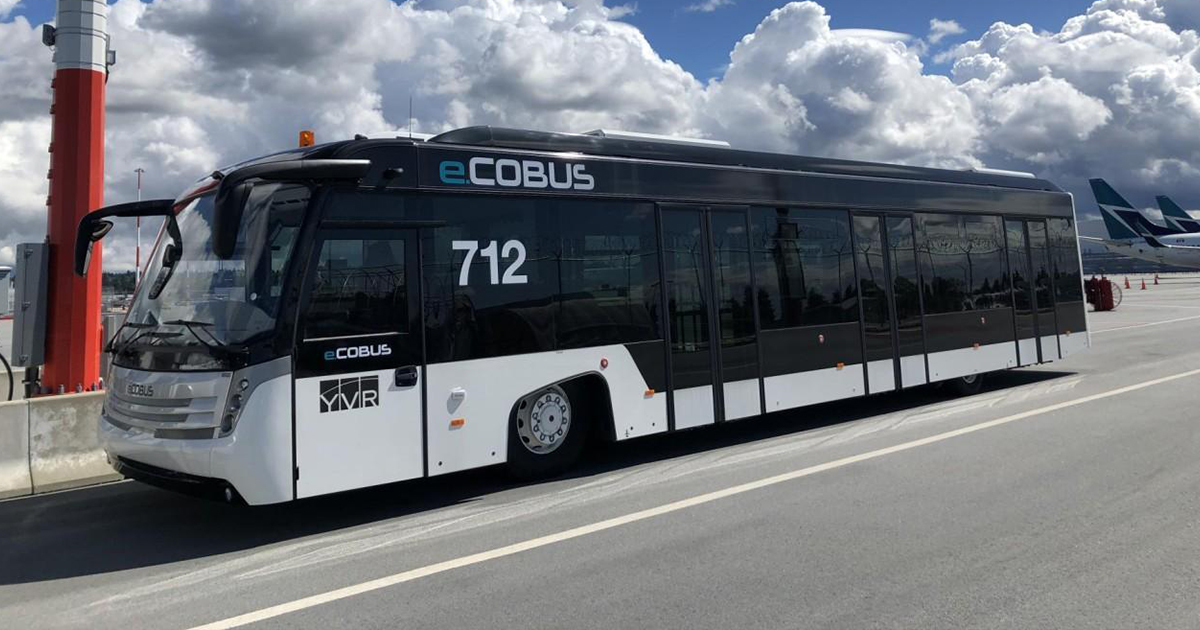
Sustainable multi-modal transportation
- Collaborating with YVR to explore opportunities to enhance the movement of people and goods between YVR, Vancouver Island and beyond, to facilitate multi-modal access to new markets and increase the resiliency of supply chains.
- Partnering with Innovate BC, the Prince Rupert Port Authority, and industry to run a pilot test on zero and low emission heavy-duty trucks to help reduce greenhouse gas emission and support sustainability in the province’s transportation sector.
- Supporting the Vancouver Island Economic Alliance and Nanaimo Port Authority to identify options to enhance the regional port ecosystem and harness the potential of the Port of Nanaimo as a multi-modal transportation hub.

